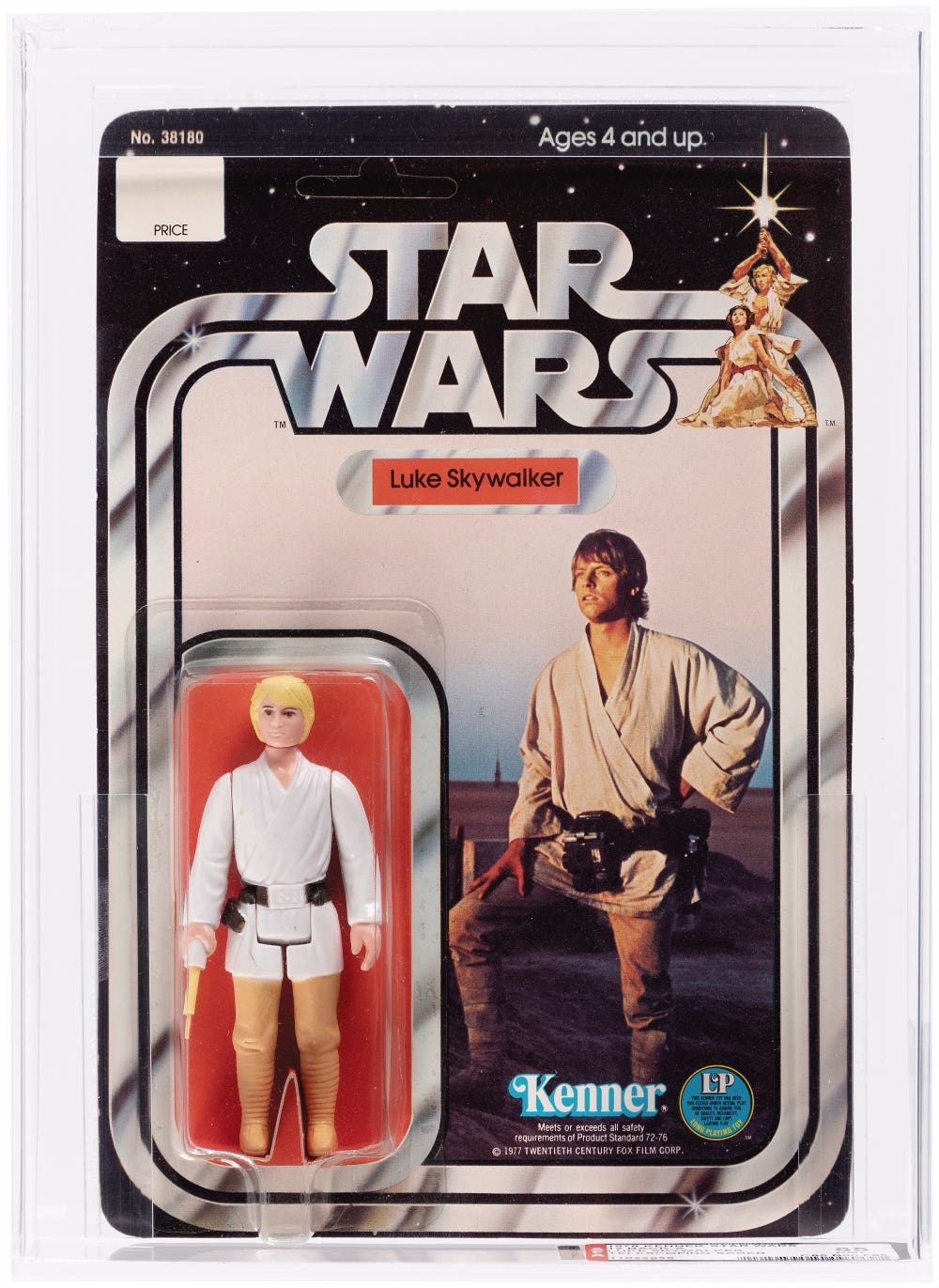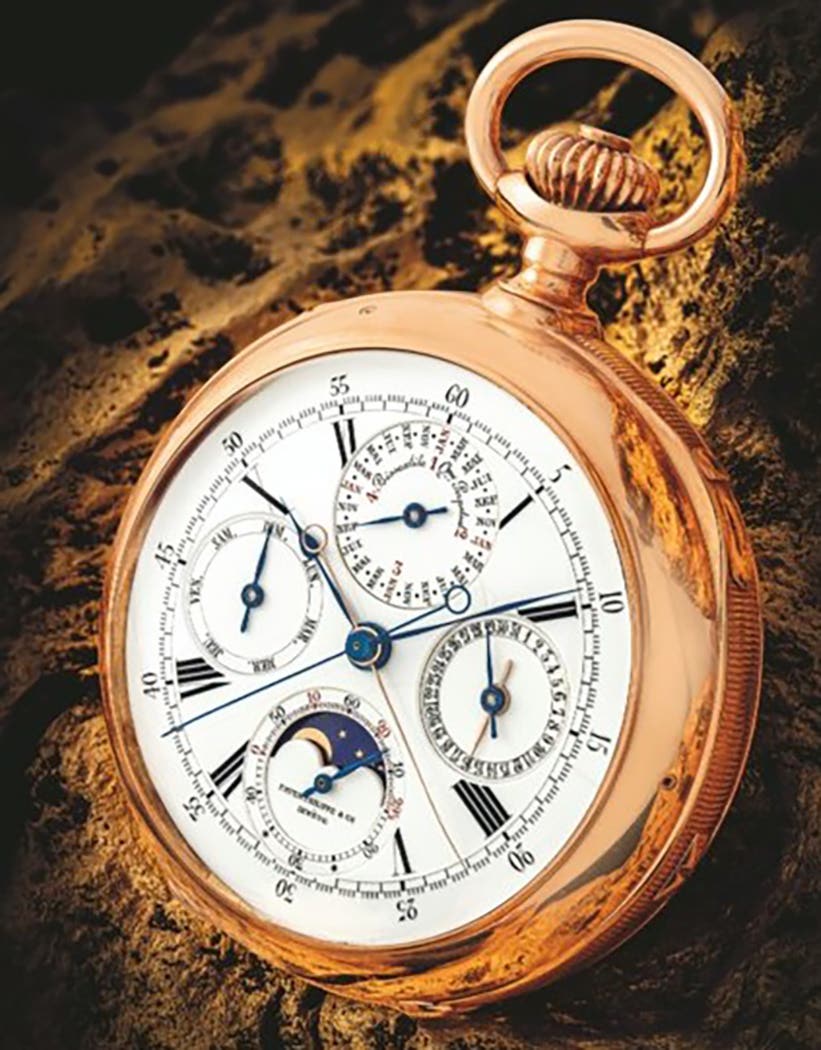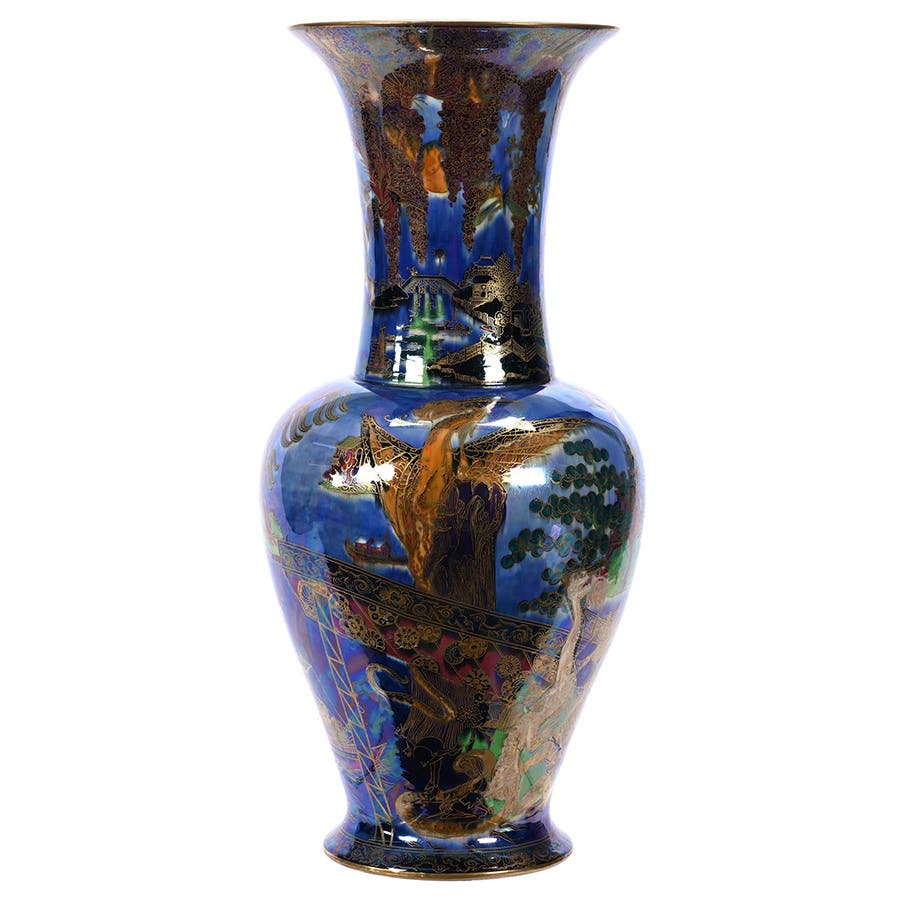Antique Coffee Grinders
It’s always a grind for collector of vintage coffee grinders — and he loves it.
Wanting a decoration for his kitchen is why John Lewis bought his first antique coffee grinder. And he had planned to stop with just that one. But, as is the case with most collectors in general, he eventually caught the bug to collect more.
“My interest in coffee grinders started when I was stationed in Germany. I had seen some at the flea markets over there for pretty cheap, which is my price range. One day I bought one, not because I had planned on starting a collection, but because I just wanted one as a decoration for my countertop,” Lewis said. “I should’ve known better, though, because all of my various collections over the years have all started the same: I only want one of whatever it is, but then another one comes along followed by several more. The thrill of the hunt takes over, especially when you can find what you’re looking for and get a good deal on it.”
Lewis said he had 57 grinders from Europe at one point, but after he got back to the States, he started to lose interest and sold the majority of them. The collecting urge eventually returned, though, and for the past few years, he’s been building his collection again. Right now he has 36 grinders (with another two on the way) including countertop, cast iron grinders, wooden box mills and wall-mounted grinders. His most recent acquisition is one he got from a seller in Italy and the buy turned out better than he thought.
“I knew it was old but wasn’t sure exactly how old, so I emailed the European coffee mill club. Got a response back that it’s a German grinder and from the late 1700s! Thrilled to have this one,” he said.
Now that he’s gotten into American cast iron grinders, his interest has grown even stronger. “They’re part of our American history, so simple in design and build, but works of art at the same time. They were built to last a lifetime and still work as good today as the day they did when they came out of the factory all those years ago,” Lewis said.
Antique coffee grinders are valuable items and much sought after by collectors and people who love the country kitchen look that comes with having one of these items on display. Although many purchase an antique grinder as a decoration, many are fully functional and used every day. In his South Carolina home, Lewis showcases his smaller grinders on a display shelf and has a heavy-duty antique workbench in his living room that holds his larger and heavier grinders. He also uses one to grind his beans.
“Of the grinders I have, the only one I use is a cast iron one from the late 1890s, manufactured by the Cole’s Company that was in Philadelphia. This is the first grinder that I restored. The sheet metal drawer was too rusted, so I made a replacement drawer out of wood. It works great,” Lewis said.
The older a grinder is, the better it looks to Lewis, but he doesn’t seek out grinders by certain manufacturers or time periods to collect. He just searches until something catches his interest.
“To me, it doesn’t matter what brand it is. All that matters to me is that something about it caught my eye, and it’s priced right. Again, ‘cheap’ is my price range, but if it’s something I really want and might not find again, I might be willing to spend what I need to spend to get it,” he said.
He has two Holy Grail French grinders on his list that he’s hoping to obtain: a Sablier, or hourglass grinder, and a Louis XIV grinder. “Sadly, they are very rare due to the timeframe they were made, and when you do see one coming up for sale, they are priced accordingly,” he said.
While Lewis has a hard time playing favorites, there are two in his collection that stand out.
“The first is a World War I military grinder. It’s self-contained in its own carrying case and is in amazingly good condition. I’ve found in my research that it’s either German or Italian. The second one is one that I found in a local antiques store. It’s known as a mehbash grinder, used by Bedouins in Arab countries. It’s all wooden and seems to be based on a mortar and pestle, but the top is enclosed except for the hole that the wooden pestle goes in. They can be used as a musical instrument at the same time as a grinder. There are several videos of them on YouTube.”
Lewis said online has been his best resource for finding antique grinders but before buying one, he will make sure it has all of its parts and pieces. A missing bolt or screw can be easily replaced, but other pieces, such as a wheel or hopper, can be much harder to find. He’s not afraid to buy rusty grinders, either, and has, in fact, bought some that were frozen up from being so rusted, but he was able to restore them, even though it can be challenging.
“Unfortunately, I have one right now that’s getting the best of me. I’m not giving up, though. I’ll work on it till I get it freed so that I can restore it.”.
Lewis said each grinder that he has restored is satisfying in its own way. When he restores them, his first step is to take them completely apart and strip off all of the old paint, as most have been painted over — some with several coats — and remove all rust. Then he cleans, paints and clear coats each piece and puts everything back together. If available, he will also buy a set of replacement decals to finish the restoration. Lewis noted that the nice thing about these old grinders is that they don’t have many parts to them, usually just the body, wheels and grinding burr on the inside, along with bolts, nuts and tension springs. He documents his restoration process by taking lots of photos as he’s taking grinders apart so that he has a reference in case he can’t remember how to put them back together.
“Breaking a piece during restoration gives you that instant, sick-stomach feeling and causes you to let a few choice words slip out. Some things can be fixed, but other parts have to be replaced. There are actually a lot of collectors of these old coffee grinders, so sometimes you have to put some feelers out for a replacement part,” he said. “First rule of thumb in restoring is to keep any and all extra parts for possible future use or to help out a fellow collector.”
Replacement parts can sometimes be found on eBay as well, and sometimes he has to get creative.
“On the first grinder that I restored, one of the cast iron spokes was completely broken out of the wheel and missing. I bought a tube of JB Weld Steel Stik and played around. I was able to form a replacement spoke out of it and got it successfully attached back to the wheel. I was pretty happy with myself for that one,” Lewis said.
If a grinder isn’t completely rusted and will come apart fairly easily, he can usually restore it within a week or two.
“Some of them are very detailed with raised lettering on the wheels, and they take longer because I paint each letter by hand. It can be time consuming as well has hard on my back and neck,” he said. “Some grinders go quickly, though, and I can have them done within a few days. Unfortunately, I live in the South, so restoring them usually comes to a halt in the middle of summer because of the high humidity. The paint just stays sticky and won’t dry.”
Lewis’ main advice for people who may want to start collecting coffee grinders is to “Research research research. There are sellers who really have no idea what they have and will embellish their description. They might have a current reproduction listed as a high-priced original.”
He said there are also books about coffee grinders that have lots of helpful information and photos and make great reference material. It’s also helpful to join a group of other collectors.
“There is a group called the Association of Coffee Mill Enthusiasts or ACME. There are members in that group who know everything about everything when it comes to the old grinders, and they’re willing to help anyone with a question. I’ve been a member now for almost two years, and they are great. Some of the collectors in ACME have hundreds of grinders, including some very rare ones. There’s a similar group in Europe,” Lewis said.
In addition to coffee grinders, Lewis said he also loves old advertising signs, although he noted that the prices for these have skyrocketed because of “American Pickers” and other shows. He also does chair caning, so he’s always on the lookout for an old, unique chair that someone is selling for a dollar or two because the caned seat is busted out.
“I go to the flea market every weekend, not really looking for anything specific. I just walk around and look until something catches my eye. Who knows, it could be the start of a new collection.”
How to collect antique coffee grinders
Collector John Lewis’ biggest tip before purchasing an antique coffee grinder or mill, especially if you’re a beginning collector, is to do lots of research, so you know what you’re getting. Also always make sure that the item is advertised correctly, as Lewis said there are sellers who will embellish their description or have a current reproduction listed as a high-priced original.
There are lots of antique and vintage coffee grinders that are available at auctions and antiques shops both on and off line that are made of wood, cast iron and porcelain. Some collectors focus on one type, while others collect all of them.
According to antiques.lovetoknow.com, most collectors generally look for coffee mills of the 19th and 20th centuries. Manufacturers from the United States include Arcade, Enterprise, Landers Frary and Clark, Logan and Stonebridge, Parker, Steinfeld, Wilmot Castle, and Wrightsville Hardware Company. European manufacturers include Kenrick (England), Armin Trosser (German), DeVe (Holland), and Elma (Spain).
According to bliffinhousecollectibles.com, there are different types of antique coffee grinders including:
Wheel grinders: These are large cast iron coffee grinders that were initially designed as a store floor model in the 1870s, and have two grinding wheels. Models with single wheels were patented a few years earlier. Both types are highly collectible due to their age and appealing aesthetic.
Box grinders: These are large wooden box coffee mills most commonly found on the counter of country stores during the late 1800s. They grind beans when you turn the crank that’s on the top or side of the box, and there’s a box underneath that catches and stores about a pound of coffee.
Wall mount: These coffee grinders were particularly popular from the late 1800s through the 1970s and in a variety of styles, including Delft Blue ceramic, cast iron glass and wood.
A search online shows that you can find nice working glass wall-mount grinders for under $50 and up to thousands of dollars for wheel grinders from the 1800s.
There are many helpful online resources that offer valuable information and have hundreds of photographs and sketches of antique coffee mills, including the Association of Coffee Mill Enthusiasts/ACME (antiquecoffeegrinders.net), Old Coffee Grinders (oldcoffeegrinders.com), and Javaholics Antique Coffee Mills (javaholics.net).








